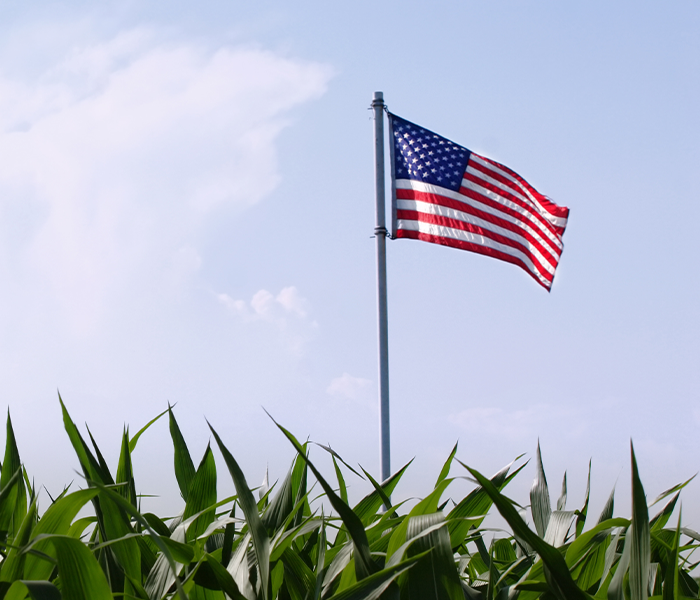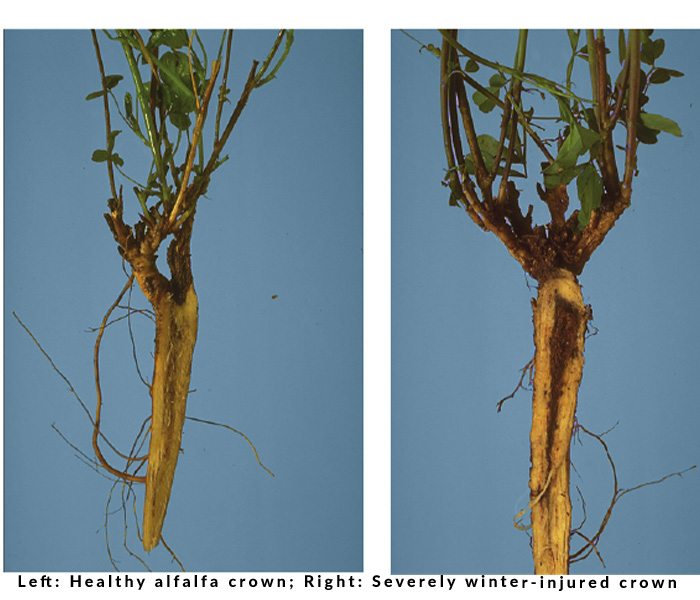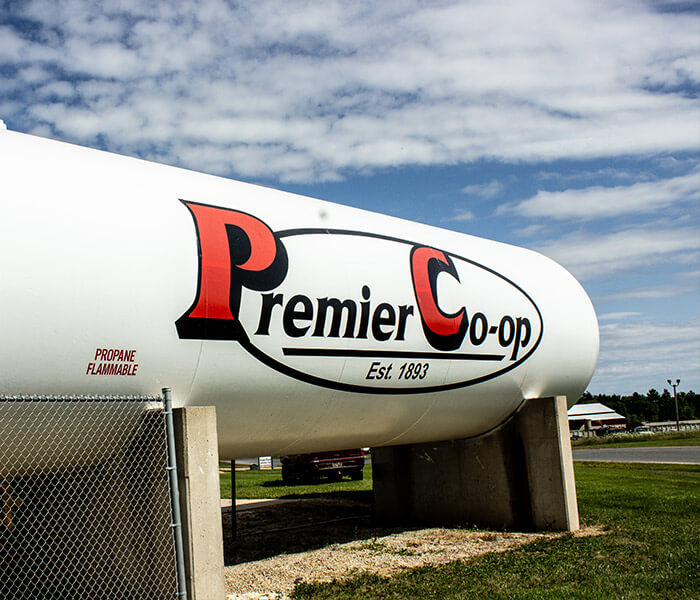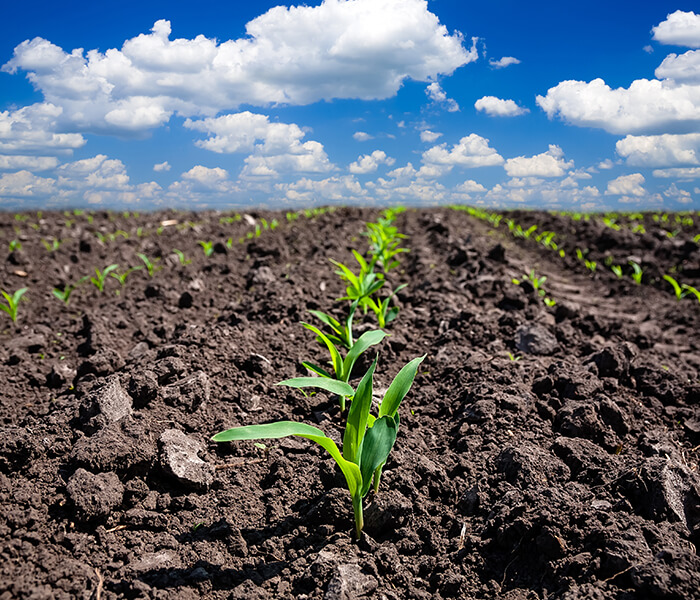Evaluate Alfalfa Stands This Spring to Maximize Forage Potential
As spring green-up begins across the region, evaluating the condition of your alfalfa stands is a crucial step to protect yield potential and make timely crop management decisions. Winter damage can significantly reduce productivity, especially in older stands, and spotting issues early gives growers more options for recovery or rotation.
Step 1: Assess Stand Density and Crown Health
Use the "Reading the Stand" method to check for adequate plant density and healthy growth. A productive alfalfa stand should have 4 to 5 plants per square foot, each with 10 to 15 new shoots or buds. When inspecting crowns, look for signs of life—healthy crowns will be firm, with little to no discoloration and abundant emerging shoots. If you're unsure whether a crown is alive or dead, a simple test is to gently drag your boot across the top. If it crumbles easily, the crown is likely dead. Otherwise, dig it up and split it open to look for internal discoloration.
Step 2: Identify Winter Damage vs. Winterkill
Winter damage can vary across the field and may not be immediately obvious. Areas with poor snow cover, standing water, or low soil potassium are particularly vulnerable. Winterkilled roots often appear gray and water-soaked just after thaw. Over time, the tissue becomes brown, dry, and stringy. If 50% or more of the root system is blackened from rot, that plant is unlikely to survive the season.
Step 3: Rank and Revisit Fields
Organize fields based on damage level—from newer seedings to older stands. Make plans to revisit questionable areas as spring progresses. Some crowns may take longer to show recovery, while others may fully decline. Make your final stand decisions before forage demand peaks.
Step 4: Plan for Recovery or Rotation
-
If 50% or more of the field is damaged, consider rotating to corn or forage sorghum and take advantage of 80–140 lbs. of nitrogen credit from the previous alfalfa crop. This not only improves soil fertility but also helps break pest and disease cycles.
-
If damage is under 50%, interseeding ryegrass or spring cereals by May 10 can help recover lost forage tonnage. Seed 20 lbs./ac in bare areas, or 10 lbs./ac where some alfalfa remains.
-
After May 10, pivot to warm-season options like sorghum x sudan (20–25 lbs./ac) or pearl millet (10–15 lbs./ac) when soil temps reach 60°F. These species can quickly establish and provide high-tonnage forage.
Important Note: Don’t reseed alfalfa into older stands.
Alfalfa has autotoxic properties, meaning it releases compounds into the soil that inhibit new seedlings. If you’re planning to establish a new alfalfa stand, it must be seeded on clean ground with no recent alfalfa history—ideally after two years out of production.
Bonus Opportunity: Damaged Winter Wheat Fields
If winter wheat has also suffered, consider drilling alfalfa into the existing stand in early April. Harvest the crop as forage, then apply glyphosate 10 days after cutting. This can provide valuable feed while transitioning into a new alfalfa stand.
Contact your local Premier agronomist to learn more.
**This article was provided by Winfield United**

.jpg?lang=en-US&width=700&height=600&ext=.jpg)

